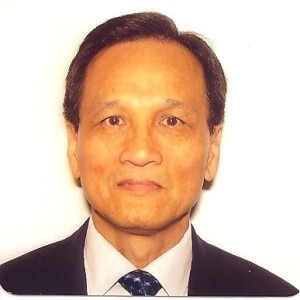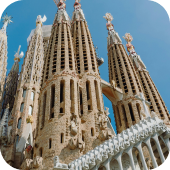- Video Library
- Steven Lin Presents BioGend Therapeutics at LSI USA '23
Steven Lin Presents BioGend Therapeutics at LSI USA '23

Steven Lin
Experienced Chief Technology Officer with a demonstrated history of working in the medical device industry. Skilled in Verification and Validation (V&V), Materials Science, CE marking, Medical Devices, and Spine. Strong professional with a DSc focused in Biomedical Engineering from Washington University in St. Louis.
Steven Lin
Experienced Chief Technology Officer with a demonstrated history of working in the medical device industry. Skilled in Verification and Validation (V&V), Materials Science, CE marking, Medical Devices, and Spine. Strong professional with a DSc focused in Biomedical Engineering from Washington University in St. Louis.

17011 Beach Blvd, Suite 500 Huntington Beach, CA 92647
714-847-3540© 2025 Life Science Intelligence, Inc., All Rights Reserved. | Privacy Policy







